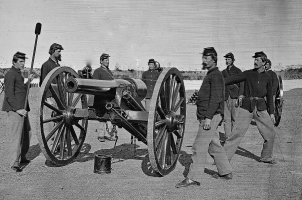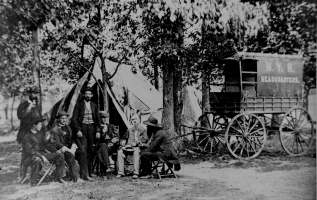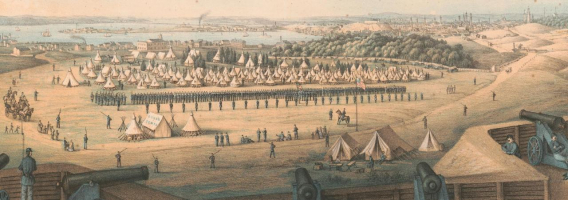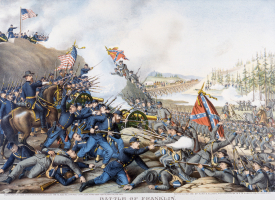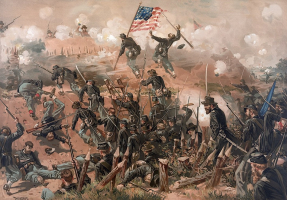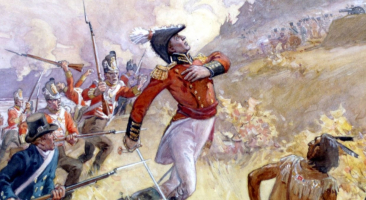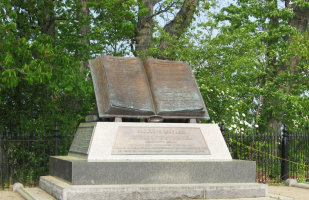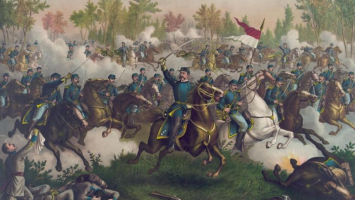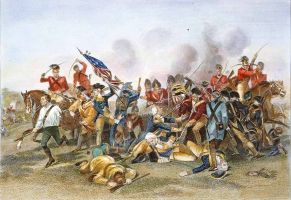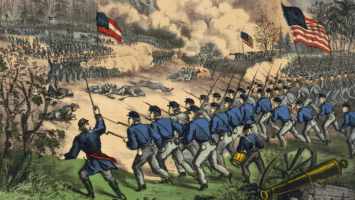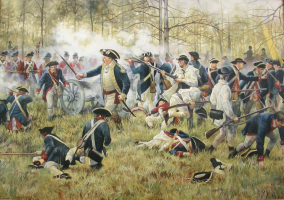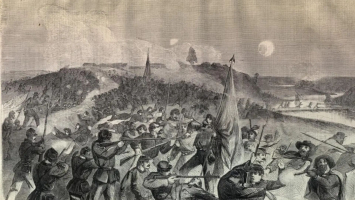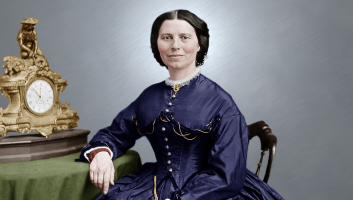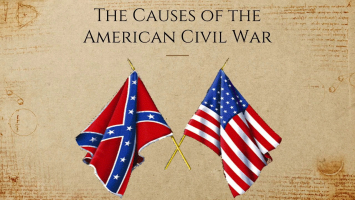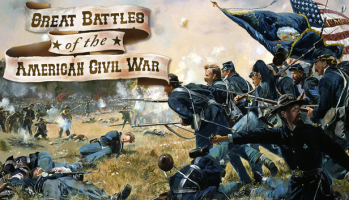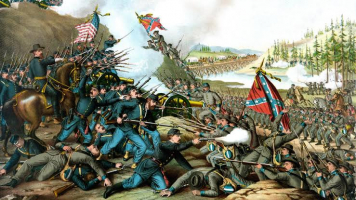Top 8 Facts About Civil War Navies
Civil War also called the War between the States, four-year war (1861 - 1865) between the United States and 11 Southern states that seceded from the Union and ... read more...formed the Confederate States of America. Naval warfare is one of sudden, spectacular flash battles as well as constant and deadly vigilance on shores, rivers, and seas. For many people, the Civil War conjures up images of outstanding military officers engaged in epic land battles, but naval strategies and the people who dispatched them played an important role in the battle. Explore the list of facts about Civil War Navies to gain more knowledge and understanding about this famous war.
-
Winfield Scott, lieutenant-general Brevet in command of the entire Union army, presented Abraham Lincoln with a grand strategy for the war just before the Battle of Bull Run. The Anaconda plan called for a hard blockade of southern seaports combined with an advance landing along the Mississippi River. These activities would strangle the Confederacy's economy, which relied heavily on the international cotton trade and divide the rebellious nation. Although the slow and relentless tightening of the plan was criticized by critics who said the conflict would be over in a few months, Lincoln stuck to Scott's blueprint throughout the war. Therefore, the Anaconda plan is considered one of the facts about Civil War Navies.
The Anaconda plan is a military strategy proposed by Union General Winfield Scott early in the American Civil War. The plan called for a naval blockade of the Confederate littoral, a thrust down the Mississippi, and the strangulation of the South by Union land and naval forces. Scott's Great Snake, published at the outset of the Civil War, humorously portrays General Winfield Scott's “Anaconda Plan” to strangle the southern states by cutting off any imported supplies anding cotton exports. Blockading fleets were also used on inland rivers to assist Union military operations. The Anaconda Plan was the Union's strategic plan to defeat the Confederacy at the start of the American Civil War. The goal was to defeat the rebellion by blocking southern ports and controlling the Mississippi river. This would cut off and isolate the south from the outside world, it would strangle the Confederacy by cutting it off from external markets and sources of material.
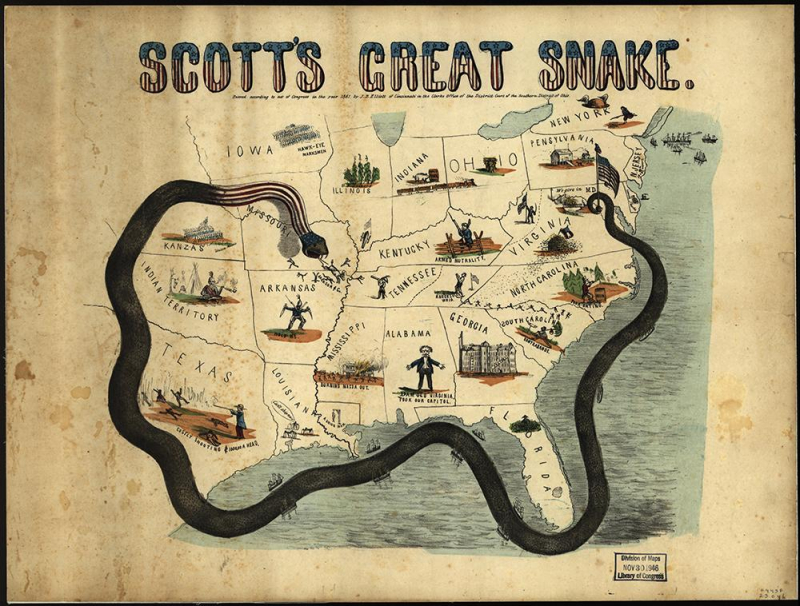
Source: battlefields.org 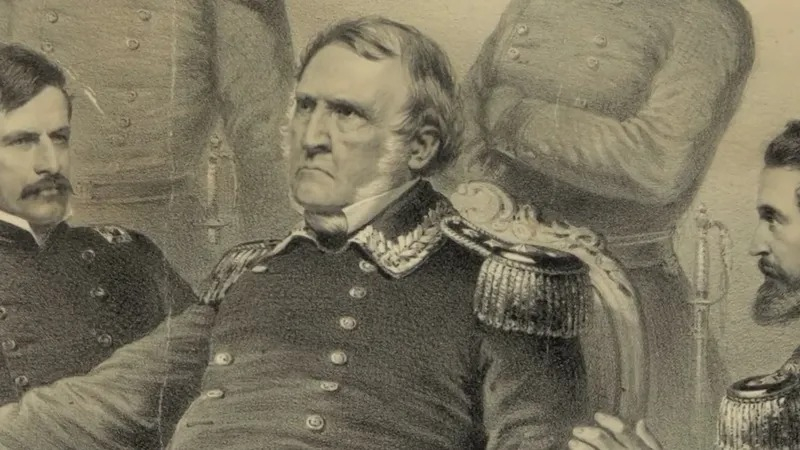
Source: britannica.com -
At the start of the Civil War, the Union navy consisted of about 90 ships, only about 40 of which were close to combat capability. The primary needs of Scott's Anaconda Plan—an approximately 3,000-mile blockade—far exceeded what the navy could provide. Old ships were piled up with rocks and sunk in barricades around the southern harbors to buy time for the engineers to rush to launch a new fleet of warships. Hundreds of civilian ships were also put into service. Passenger ferries, the sturdy deck built to accommodate horse-drawn carriages, were particularly well adapted to their new role as river gunboats. The Union Navy had grown to include more than six hundred ships by 1865, the largest in the world at the time, giving the North a consistent advantage in sea warfare. The Union Navy deserves to be one of the facts about Civil War Navies.
Regarding the Union navy, the United States Navy of the 1860s offered a reminder of what serious peer competition in the naval realm looked like and the resources and human will it required. ask. Marine strategy and naval force building are advocated by senior officers in uniform, approved by the civilian leadership, and then painstakingly executed at all levels. The growing pains were resolved and complex exercises were performed in a cold environment. The renaissance of naval strategic thinking will provide a source of strength and inspiration for today's sailors and civilian defense officials. Lessons in strategy, fleet exercises, and force structure are still directly relevant.
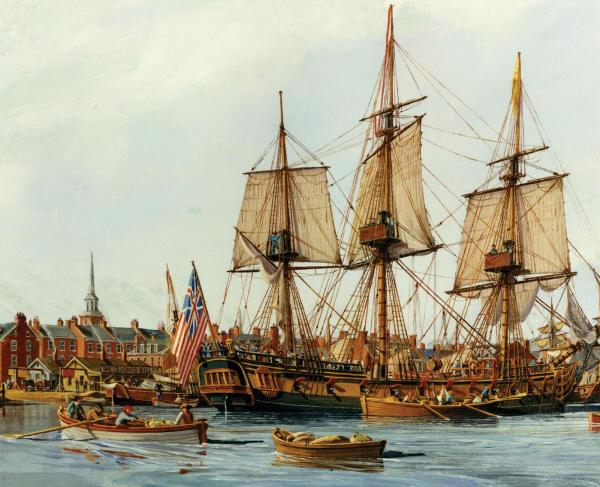
Source: military-history.org 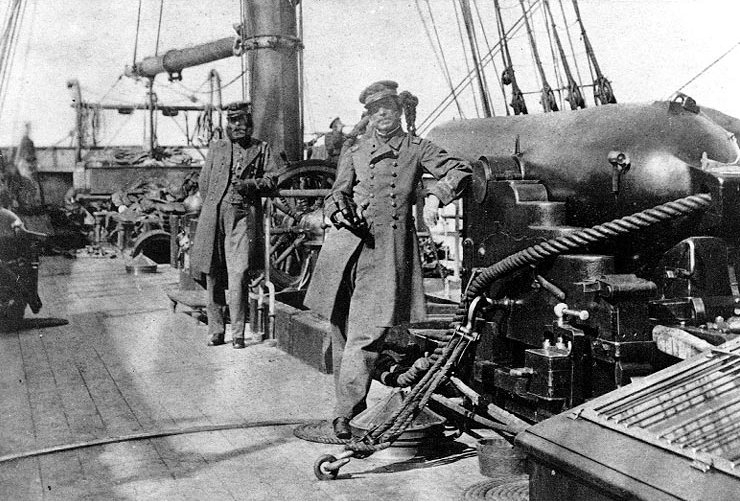
Source: thomaslegion.net -
The improvement of steamships changed the course of naval warfare in the late 19th century. In addition to giving ships much more freedom to control wind and currents, the additional power allowed them to carry heavier guns and heavier armor. New technology made its historic debut when the world saw the first engagement between armored warships at Hampton Roads on March 9, 1862. USS Monitor and CSS Virginia fought for hours before leaving - neither of them carried the armor-piercing ammunition needed to pierce the iron shell. However, the Battle of Hampton Roads proved the viability of armored technology and offered a glimpse into the future of naval warfare. Ironclad ships deserve to be an indispensable name in the list of facts about Civil War Navies.
The ironclad ship was a new kind of warship first used in the Civil War. Previous warships had been built out of wood. These ships could be easily sunk by cannonballs. Ironclad warships, however, were protected with outer armor made of iron. Through the remainder of the war, ironclads saw action in the Union's attacks on Confederate ports. Seven Union monitors, including USS Montauk, as well as two other ironclads, the ironclad frigate New Ironsides and a light-draft USS Keokuk, participated in the failed attack on Charleston; one was sunk. On March 9, 1862, one of the most famous naval battles in American history occurred as two ironclads, the U.S.S. Monitor and the C.S.S. Virginia fought to a draw off Hampton Roads, Virginia. Virginia was the most successful Confederate ironclad and the prototype for almost all the other 50 ironclads the South attempted to build. The ship's simple design of a sloped and iron-plated casemate had proven efficient at deflecting cannon shots.
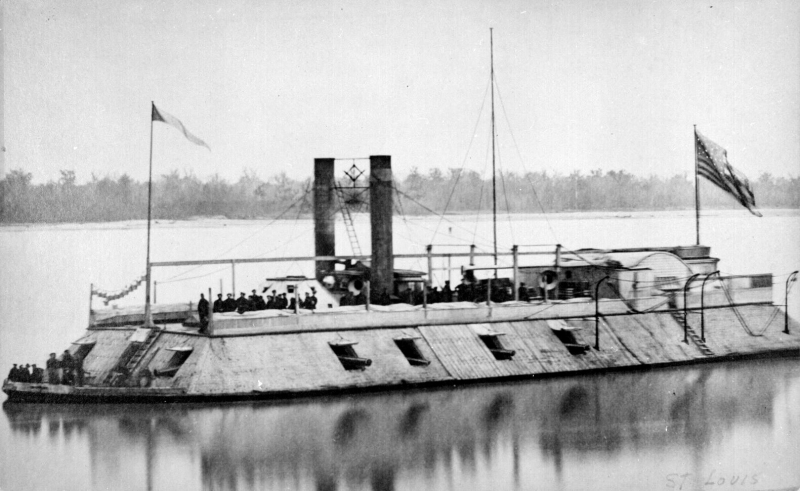
Source: rarehistoricalphotos.com 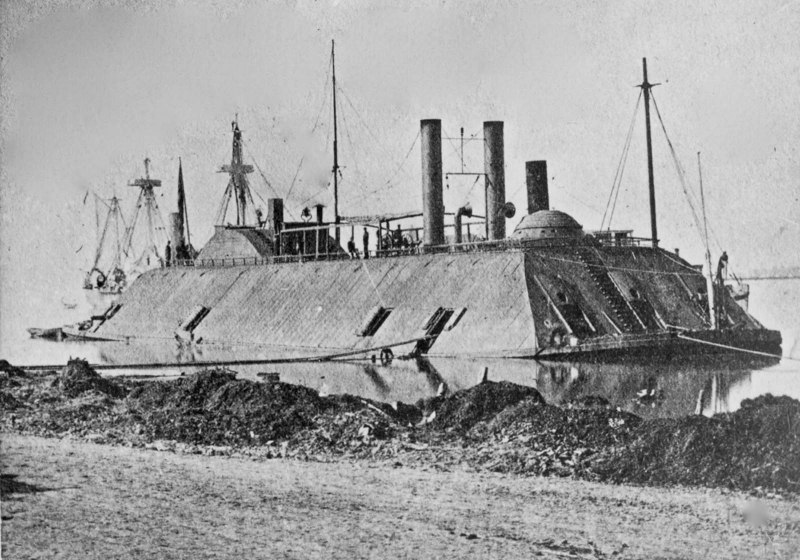
Source: history.navy.mil -
The HL Hunley, named after its inventor, Horace Hunley, was launched in the summer of 1863. The first successful submarine was an eight-man submarine armed with a 22-foot mast-mounted bomb, known as the HL Hunley "spar torpedo". Captured by the Union shortly after its construction, her life was short but celebrated. She sank twice during initial trials, killing thirteen crew members including Hunley himself. Recovered by tenacious officers, Hunley left Charleston Harbor on February 17, 1864, and crept toward the blockade ship USS Housatonic. In this single combat mission, she successfully sank the Housatonic before sinking herself for unknown reasons. Despite this perilous start, engineers around the world have been awakened to the potential of submarine technology. Fifty years later, 375 German "U-Boats" are wreaking havoc on the high seas.
The first successful submarine, H.L. Hunley, by name Hunley, was a Confederate submarine that operated (1863–64) during the American Civil War and was the first submarine to sink (1864) an enemy ship, the Union vessel Housatonic. The Hunley was designed and built in Mobile, Alabama, and named for its chief financial backer, Horace L. On the night of February 17, 1864, there was a naval history first: a Confederate submarine brought down a 12-gun blockade ship, the USS Housatonic. It was the first submarine in history to successfully sink an enemy ship. Made out of 40 feet of bulletproof iron, the H.L. Hunley was a Confederate submarine with a crew of eight. But despite its claim to fame, it was a dangerous vessel to be inside. So the first successful submarine deserves to be one of the facts about Civil War Navies.
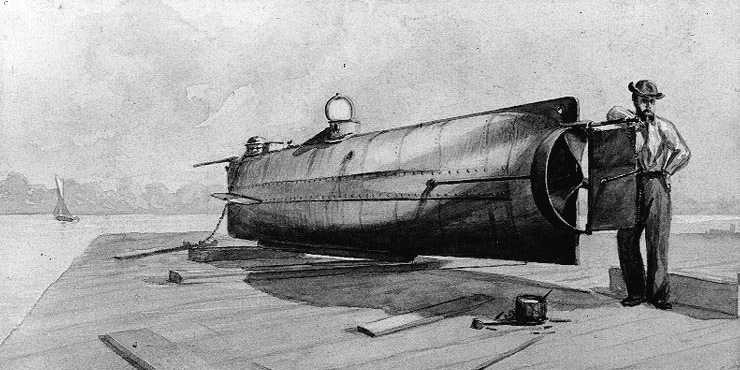
Source: history.navy.mil 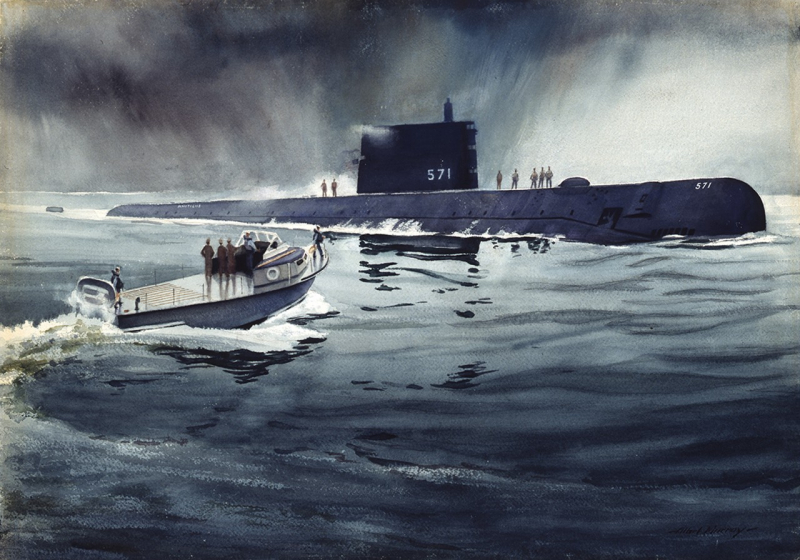
Source: businessinsider.com -
Much of the postwar debate has focused on the effectiveness of the Anaconda Plan and the Confederate blockade. One Southern account considered it a "fact joke" while another claimed it was strangulation. In terms of foreign trade, it is true that most ships trying to get through the Union blockade succeed - about 1,000 of the 1,300 foreign ships pass through unharmed - but this fact is only part of the large impact of the blockade. Although a total of 8,500 commercial ships, including domestic Confederate ships, had docked in the South during the war, the volume of trade was a far cry from the 20,000 ships that docked in the years 1856 - 1860. The trade-in cotton, the most profitable crop in the South, plummeted 95 percent during the war. Although the bravery of the blockaders provided the Confederacy with much-needed war materials and made European merchants rich, the blockade successfully suppressed a large portion of the Southern economy.
The Union blockade in the American Civil War was a naval strategy by the United States to prevent the Confederacy from trading. Those blockade runners fast enough to evade the Union Navy could carry only a small fraction of the supplies needed. They were significantly operated by foreign citizens, making use of neutral ports such as Havana, Nassau, and Bermuda. During the Civil War, Union forces established a blockade of Confederate ports designed to prevent the export of cotton and the smuggling of war materiel into the Confederacy. The exports of cotton from the South fell by nearly 95 percent by the end of the war due to the Union Blockade. Blockade runners could make a lot of money if their ships and cargo successfully passed the blockade. The Union Navy captured or destroyed around 1,500 blockade runner ships during the course of the Civil War. The Union blockade became one of the facts about Civil War Navies.
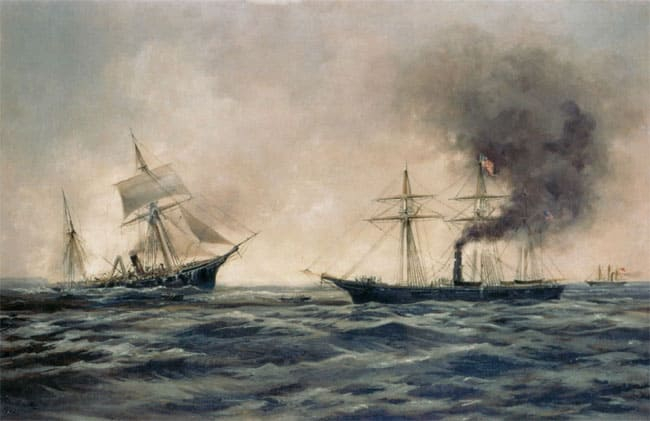
Source: civilwarc16.weebly.com 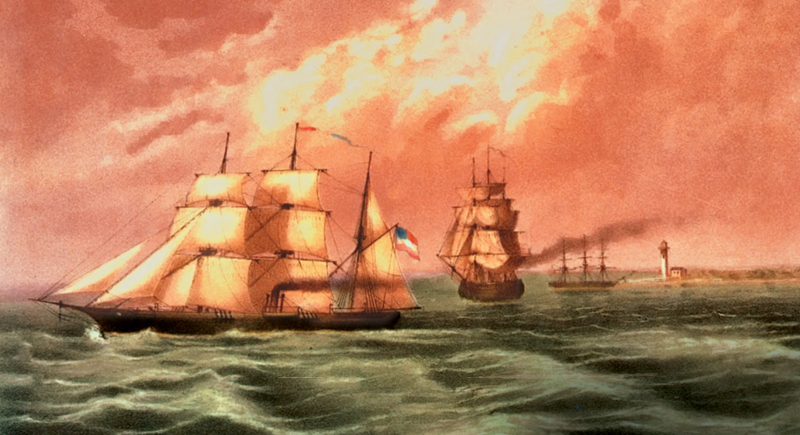
Source: essentialcivilwarcurriculum.com -
The obsession with foreign intervention in the Confederacy weighed heavily on Abraham Lincoln's mind. The diplomatic naval crises have proved his concerns are in place. The first crisis occurred in November 1861 when a Confederate destroyer intercepted a British mail ship, the RMS Trent, and captured two Confederate envoys en route to Britain to lobby for intervention. In what became known as the Trent Affair, British politicians protested the humiliation and began to build up troops in Canada; American citizens called for war and even Lincoln indulged in some of the clanging of swords in his 1861 State of the Union Address. However, tensions eventually eased when Lincoln ordered the release of the hostages without an apology.
During the diplomatic naval crises, a second crisis occurred when Confederate spies discovered the "Laird Ram" plot in late 1862. The spies confirmed, correctly, that two ships were being built at British harbors for the King of Egypt - sea-going armored ships with rapidly rotating turrets, absolutely the most powerful ships the world had ever seen - were for the Confederacy, in fact. Lincoln, already deeply annoyed with Britain's indiscreet production of other warships for the Confederacy, would not support this potentially balance-changing transaction. He threatened war, forced the British to back down, and bought his ships. The dilemma of the matter, combined with the turn of the Civil War, caused the British to slow down their support for the Confederacy as the war continued. However, an international arbitration court, for the first time in world history, ultimately awarded the United States $15.5 million in compensation for British contributions to the Confederate navy. The UK paid but did not admit guilt. Therefore, diplomatic naval crises became an indispensable name in the list of facts about Civil War Navies.
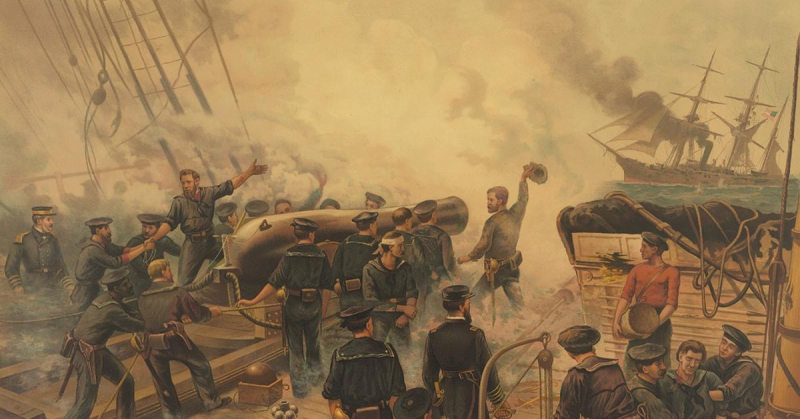
Source: foreignpolicy.com 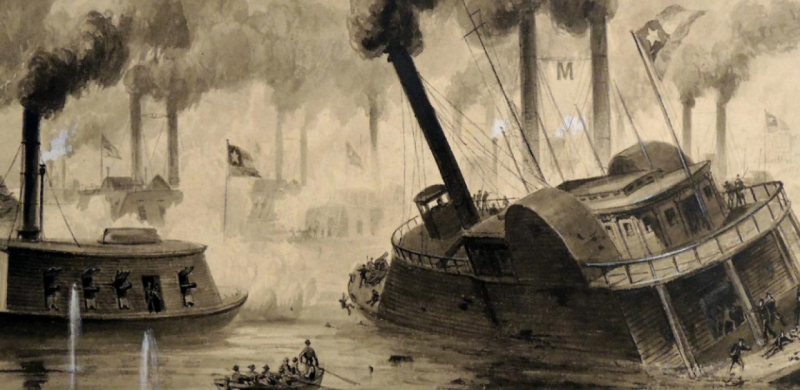
Source: usni.org -
During the Battle of New Orleans, New Orleans, the largest city in the South, was captured primarily through naval action. The period of economic and commercial expansion following the Louisiana Purchase earned New Orleans the nickname "The Pearl at the mouth of the Mississippi". With a population exceeding the size of the other four largest cities of the Confederacy combined, five hundred million dollars were passed through the city's port in 1860. Its paramount importance to commerce. From the fall of 1861 until the spring of 1862, navies faced each other in the Gulf of Mexico, with Farragut gaining the upper hand after an early defeat in the Battle of the Heads of the Passes. In April 1862, he led an assault up the Mississippi River, aiming to send his ships through Fort Jackson and St. Philip and ready to bombard the city with impunity.
After twelve days of fighting the Battle of New Orleans, Fort Jackson fell into disarray and the Confederate fleet trained the guns in New Orleans. Without an organized infantry defense, New Orleans fell to an expeditionary force of 5,000 men on May 1, 1862. The capture of the city catapulted Farragut to fame - including promotion became the nation's first admiral - and dealt a heavy blow to the Confederacy. Confederate General Mansfield Lovell withdrew 3,000 of his troops north, and the city fell on April 25. On May 1, General BF Butler led 15,000 Confederate troops into the city to assume command for the time. the remainder of the war. The permanent loss of New Orleans is considered one of the worst disasters of the war. The Battle of New Orleans became one of the facts about Civil War Navies.
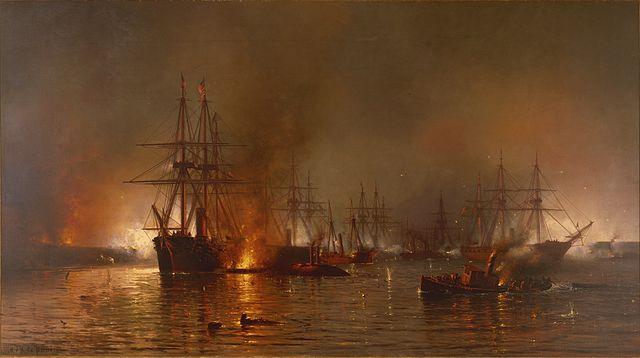
Source: britannica.com 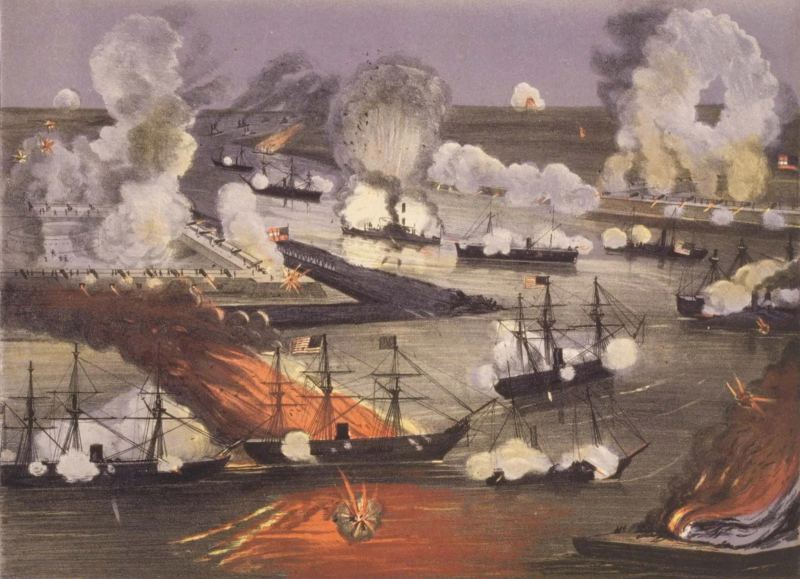
Source: womenhistoryblog.com -
The CSS Shenandoah, built in England and acquired by the Confederacy in October 1864, operated as a commercial raiding ship in the Atlantic, Indian, and Arctic Oceans for 12 and a half months. Under the command of James Waddell, she had won seventeen awards—mostly whaling ships—and was on her way to attack San Francisco when Waddell learned from her crew the end of the Civil War on land. of HMS Barracouta. The two ships encountered each other on August 2, 1865, more than two months after the last Confederate army surrendered. Fearing that he and his crew would be hanged as pirates in the United States, Waddell sailed for Liverpool, England, and surrendered to the British government on November 6, 1865, with the Confederates finally falling. flag before the 5-month range. Waddell and his crew scattered, some permanently settling abroad, some returning to the United States after the threat of execution subsided. The CSS Shenandoah was the only Confederate ship to circumnavigate the world during the war.
CSS Shenandoah, formerly Sea King and later El Majidi, was an iron-framed, teak-planked, full-rigged sailing ship with auxiliary steam power chiefly known for her actions under Lieutenant Commander James Waddell as part of the Confederate States Navy during the American Civil War. Shenandoah was originally a British merchant ship launched as Sea King on August 17, 1863, but was later repurposed as one of the most feared commerce raiders in the Confederate Navy. For twelve-and-a-half months from 1864 to 1865, the ship undertook commerce raiding around the world in an effort to disrupt the Union's economy, which caused the capture and the sinking or bonding of 38 merchant vessels, mostly whaling ships from New Bedford, Massachusetts. She finally surrendered on the River Mersey, Liverpool, United Kingdom, on November 6, 1865, six months after the war had ended. Her flag was the last sovereign Confederate flag to be officially furled. CSS Shenandoah became one of the facts about Civil War Navies.
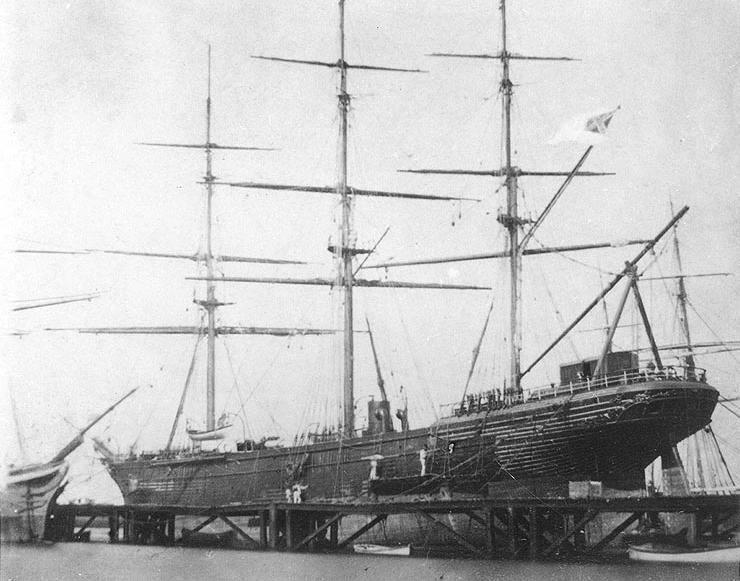
Source: rebellionresearch.com 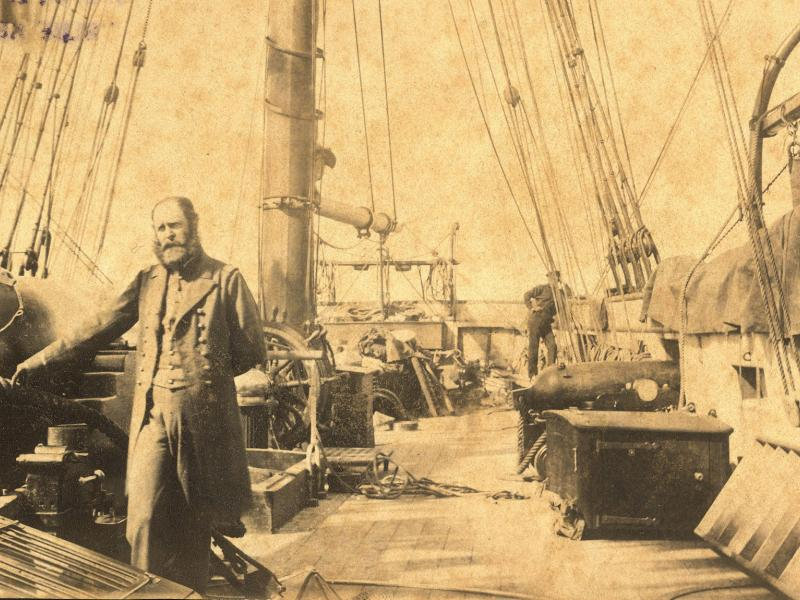
Source: defensemedianetwork.com










